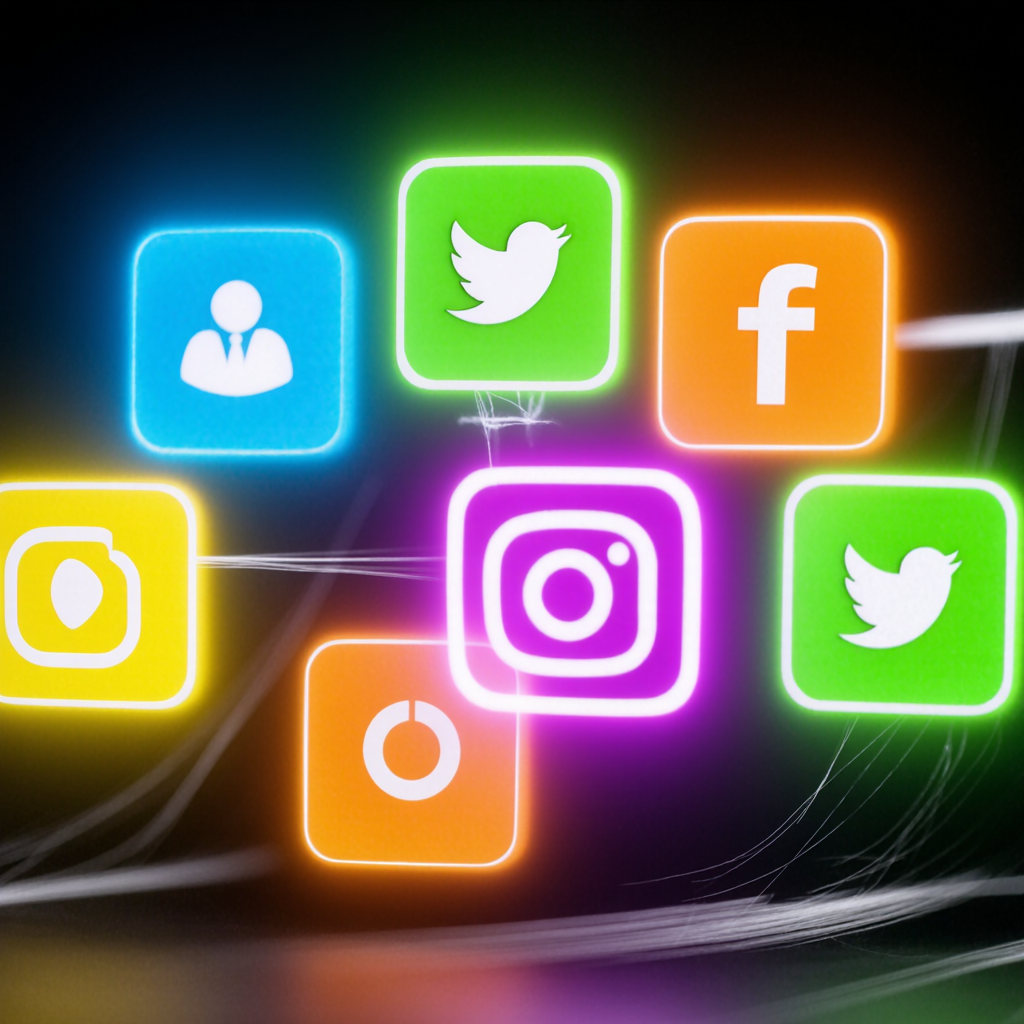How to write a sales page
Need to write a sales page for an upcoming launch?
Are you looking to improve the existing text in your funnel or on your website?
If so, I’m going to teach you the 10 things your sales page MUST include if you want to make sure your copy creates trust, builds authority and converts.
Today, I’m going to teach you exactly how to optimize your sales page, from top to bottom.
Now you’re ready to get started?
All good sales pages should start with:
#1. Title
The headline may be the shortest section of a sales page, but it’s certainly the longest to write. In fact, I usually write my titles LAST.
But since it’s the first thing a prospect sees on the page, it’s the first conversion trigger we’re going to talk about here.
You need to make sure your title is strategically written for:
- Grab your prospects’ attention
- Introduce a sensitive point, an advantage or an added value of the offer.
- Open a loop that encourages the reader to continue scrolling below the fold.
YES. It’s a big job for such a small section of text.
Another thing you need to consider when writing your headline is, speak directly to your target audience and more importantly to their specific level of customer knowledge.
If you have no idea what I mean by “customer knowledge”, here’s another tutorial that explains it all.

#2. Indoctrination
This is essentially what comes immediately after the title. This is the introductory part of your sales page, the build-up before you start selling anything.
This text is extremely important because it’s at this point that your reader self-selects and decides whether or not you’re really talking to HIM! And yes, like the title, it can be very difficult and take the longest to write…
But it’s worth taking the time to do it right, because when it’s done well, it can have a MASSIVE impact on your conversion rate.
Your indoctrination must “indoctrinate” your readers about who you are, why they should listen to you and why they should be interested in everything. This is where you empathize, educate and validate your reader, you can do this by telling stories, sharing statistics and facts or painting a picture of what’s to come.
And of course, the most important thing is to address your prospects’ immediate needs and fears, which brings us to the next conversion trigger:
#3. Problem and solution
Of course, the aim of your sales page is to sell something that solves a problem for your audience. So you need to be very clear about what it is.
As human beings, we are (unfortunately) hard-wired to avoid pain rather than obtain pleasure. This means that, in our most natural state, we react more urgently to problems than to solutions.
For this reason, the sales page needs to address your prospect’s problem – what I like to call the aggravating status quo, right from the start. Your text should evoke an emotional response, but be careful not to rub salt in the wound.
You don’t want them to feel alienated, misunderstood or attacked; you want your text to make them feel safe, understood and heard. That’s why you need to effectively and accurately communicate ONE central problem in your copy before introducing your promising solution, or the “big promise” your reader is looking for.
In this case, specificity is a major asset. No one is going to believe that you have a solution that does EVERYTHING under the sun. Think about how your solution is the BIG easy button for what your customer is looking for.
Now, a very important distinction to make is that the solution is not the product, at least not yet. Instead, at this stage of your sales page, the solution should simply be the method, approach, discovery or specialized tool that can solve your prospects’ problem.
Remember, they have to believe in the solution first, before they buy your product – whether it’s coaching, mentoring, consulting, expert services.
#4. The offer
This is where you present your specific version of this solution – or product – as the easiest, simplest, fastest or best way to achieve the big promise you’ve just been talking about. This is where you need a clear and concise Unique Selling Proposition (USP).
It’s also at this stage that you need to include the value breakdown and all the left-brain details that make up your product:
- What it is
- How it works
- Where to get it
- When to expect it
- How much it costs
The most important thing to remember in this section is that the value of your offer must always be greater than its price. The greater the gap between value and price, the more irresistible your offer.
This is why you often see campaigns that use bonuses, price juxtaposition or discounts to increase the appeal of the offer and, consequently, the conversion rate.
#5. Juicy benefits
Or benefits, as I like to call them. This is where you stop talking about the what of your offer and start talking about the why. In other words, WHY would your prospect want to buy your product? I mean, what’s in it for him, really?
This is where you can delve into all the amazing things your product or service does in addition to the great promise you’ve already shared. It’s not enough to show them what they get. The game changes dramatically when a prospect believes he has to have it.
You answer this question in the sales copy by presenting the specific and relevant benefits that the product can offer. And remember, features are NOT benefits.
Features are something a product HAS or IS, while benefits illustrate desired results that solve real problems.
For example, a FEATURE might be “batteries included”, while the corresponding BENEFIT would be “no disappointed children on Christmas morning”.
It can be quite difficult to convert features into benefits, especially when you’re writing for your own product or service. It takes practice!
#6. Social proof and authority
A common objection in consumers’ minds is whether a brand is the right company or the right person for them.
Trust is an important factor in a customer’s decision to buy from you.
So it’s important that a sales page communicates social proof and authority through testimonials, social media stats, press coverage, references, experience and any other credibility factors.
However, authority isn’t something you stick into a single section of the sales page – I prefer to see it communicated throughout the text as much as possible.
#7. Rarity
In marketing, scarcity refers to the idea of limiting products or services in a certain way, prompting people to act because the offer is rare or exclusive.
The 4 most common types of rarity are as follows:
- Price: time-limited discount
- Quantity: limited quantity
- Bonus: time-limited bonus
- Offer: limited offer/basket closure
The most effective sales copy communicates a scarcity that compels the prospect to act while the offer is still available.
And – this is extremely important – your text must also clearly and effectively communicate an important reason why the offer is limited, without being exaggerated, aggressive or misleading.
Is it because of a special event like a birthday? A passionate mission to touch 1,000 lives by the end of the year? A global cause like World Mental Health Day?
Having a raison d’être greatly increases trust and credibility. And, it goes without saying… but always use a real rarity. Never lie and say your offer is limited when it’s not.
Before moving on to the next conversion trigger, I’d like to point out that ALL sales pages do NOT need scarcity at all times.
If you want your sales page to be 100% evergreen and for everyone to be able to buy it at any time, scarcity can be left aside. Instead, use urgency and provide benefits that explain why someone would want to act immediately.
#8. Risk reversal
In other words, how does the text give the impression that the buying process is easy, safe and risk-free?
People like to be told exactly what to do and what’s going to happen next. The text must therefore assure them that they will be taken care of at every stage of the process.
From the moment they add the product to the shopping cart, to the delivery date, to the return procedure if the product doesn’t work.
This is the place to include them:
- Safety language
- Checks
- Return or exchange policies
- Next steps and delivery details.
In other words, this is where you want to dispel the fear of “being taken in by this company/person”.
#9. Call to action
Whether it’s a simple button or a multi-level control section, the call to action, or CTA, needs to be very powerful.
It only takes a second for the prospect to understand exactly where to click and how to buy the product.
Your CTA should be clear and to the point.
For example:
- “Order now
- “Get instant access”
- “Register now
The most important rule of copywriting is to have a clear, concise call to action.
However, it may appear several times. For example, if you have a longer sales page, you’ll probably want to include your call-to-action button 2 or 3 times in the text. And always make the call-to-action button the very last thing you see when scrolling to the bottom of the page.
#10. General feel and flow
It’s not so much the text itself as the readability of your sales page, which is an extremely important factor to consider.
Once the first 9 conversion and optimization triggers are covered, it’s time to sit down, look at the big picture and ask yourself:
- Is the sales page message coherent and consistent?
- Is the page easy to navigate, with clear section headings that guide me down the page?
- Is everything easy to read or did I stop to read some sentences twice?
- Were there any glaring gaps or illogical links?
Keep the text simple and effective.
I’ve said it many times before and I’ll say it again: studies have shown that the average reader reads at grade 7 level. So there’s no need to be wordy, give fancy explanations or run through a long list of adjectives in a single sentence.
Personally, I find that reading the entire sales page out loud helps me answer these questions.
And here’s another bonus tip for you
Be sure to read the page on your cell phone!
With over half of online readers viewing sales pages on mobile devices, you need to make sure your text is easy to read and navigate on small screens.
And there you have it, an exclusive insider’s look at the 10 triggers I include on all my sales pages.












